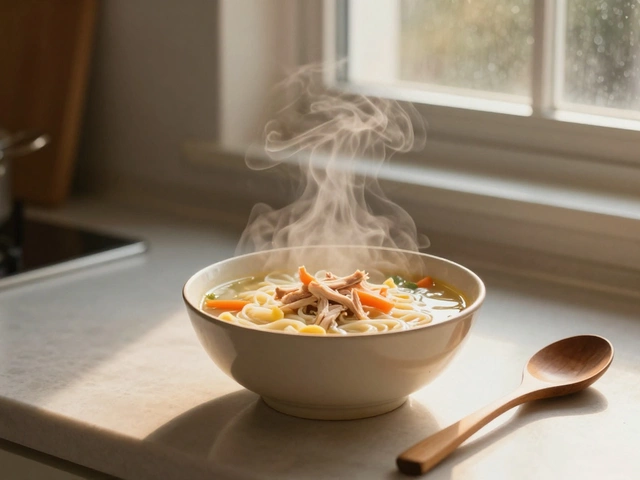Gluten Symptoms: How to Recognize and Respond
If you’ve ever felt bloated after a sandwich or had a headache that won’t quit, gluten might be the hidden cause. Understanding what your body is trying to tell you can stop the discomfort before it gets worse. Below we break down the most common signs and what to do about them.
Typical Signs of Gluten Trouble
Stomach pain, gas, and diarrhea are the first clues most people notice. These symptoms usually appear a few hours after eating bread, pasta, or anything with wheat flour. Some folks also report nausea or a feeling of fullness that just won’t go away.
Headaches or brain fog can show up even if your gut feels fine. If you’re having trouble focusing, feeling dizzy, or getting a migraine out of the blue, gluten could be the trigger. The brain reacts to inflammation in the gut, so the connection is real.
Skin reactions are another red flag. A rash that looks itchy and blotchy, often called dermatitis herpetiformis, is a classic sign of celiac disease. Even if the rash isn’t severe, it’s worth checking if you’ve been eating gluten regularly.
Joint pain and muscle aches sometimes sneak in without a clear cause. If you notice swelling or stiffness after a big pizza night, consider gluten as a possible culprit. The immune response can affect joints as well as the digestive tract.
When to Seek Professional Help
If you notice any of the above symptoms repeatedly, book an appointment with a doctor. Blood tests can check for celiac antibodies, and a simple gluten‑free trial can help narrow it down. Don’t self‑diagnose; a professional can rule out other conditions.
Keep a food diary for at least two weeks. Write down everything you eat and any symptoms that follow. This record makes it easier for your doctor to see patterns and recommend the right tests.
When you’re tested, stay on your normal diet until the doctor says otherwise. Cutting gluten too early can lead to false‑negative results, meaning the test won’t show the real issue.
If you get a positive result, the next step is a gluten‑free plan. You don’t need to give up all carbs—just the ones that contain wheat, barley, and rye. There are plenty of safe alternatives like rice, quinoa, and gluten‑free oats.
Finally, remember that symptoms can vary a lot from person to person. Some people feel severe reactions, while others only notice mild discomfort. Listening to your body and getting proper medical advice is the best way to stay healthy.

Understanding Gluten Withdrawal Symptoms and How to Manage Them
by Landon Weathers / 7 Dec 2024Transitioning to a gluten-free diet can lead to withdrawal symptoms, surprising to many who cut out gluten for the first time. It's not just about changes in food habits; it involves balancing your body's reaction to a new way of eating. Understand the symptoms you might face, such as headaches and fatigue, and learn valuable tips to ease the process. This article provides practical advice and insights for those embarking on a gluten-free journey, making the transition smoother and more pleasant.




